Plants or Crops
All Plants or Crops Content
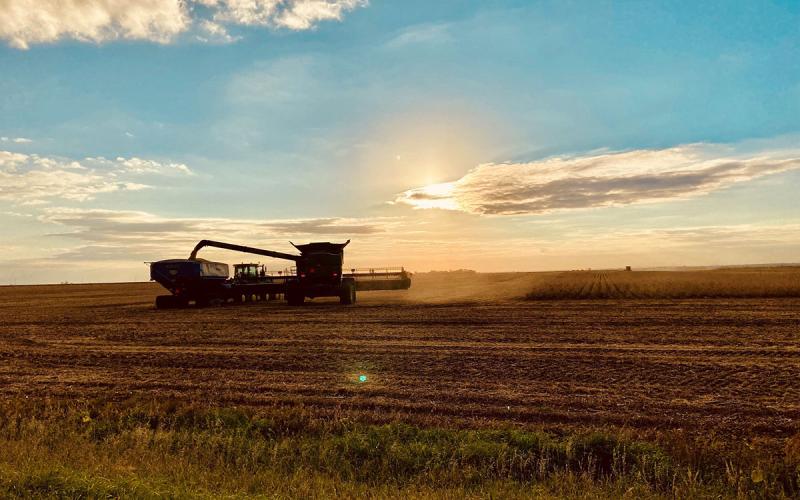
Managing Farm Stress During Harvest Season
With unpredictable weather and market prices, harvest season can feel like a whirlwind with incredible pressure. Learn some expert tips for recognizing and managing stress during this critical time of the year for farm families.
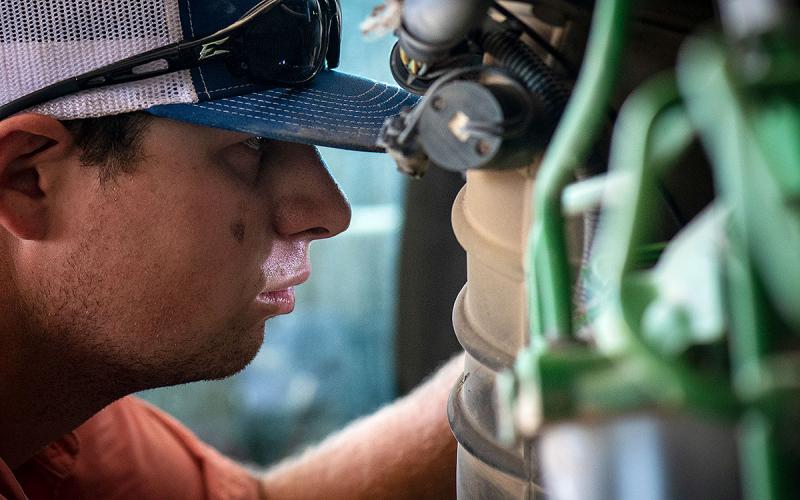
Safety & Training
Covering the range from animal handling to equipment safety, including training and certification to keep producers and their workforce productive.
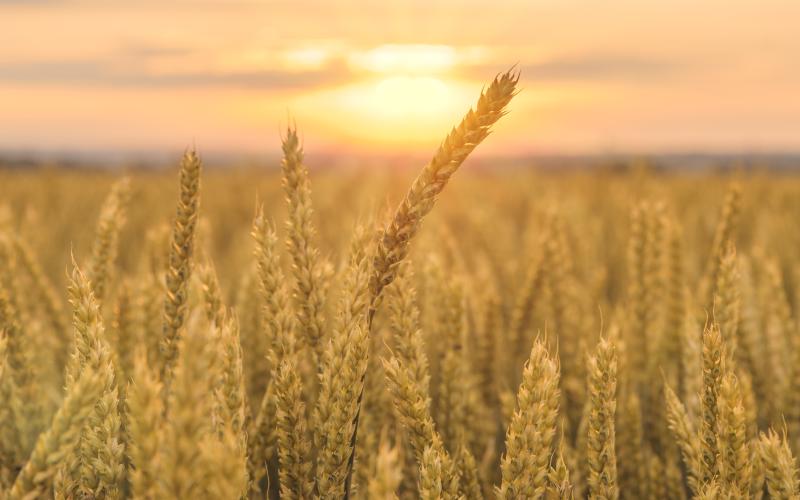
Spring Wheat Variety Trial Results
The 2025 spring wheat variety trials were planted throughout various locations in South Dakota.
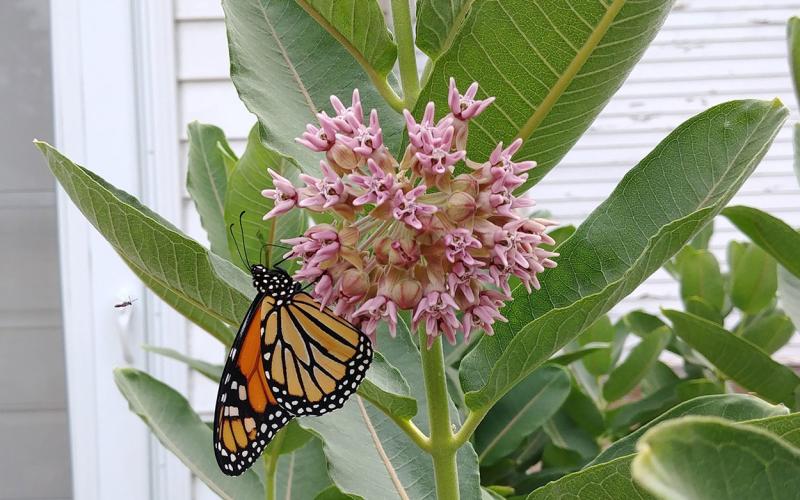
Investigate Pollinators
Lesson about the importance of pollinators and the plants they interact with.
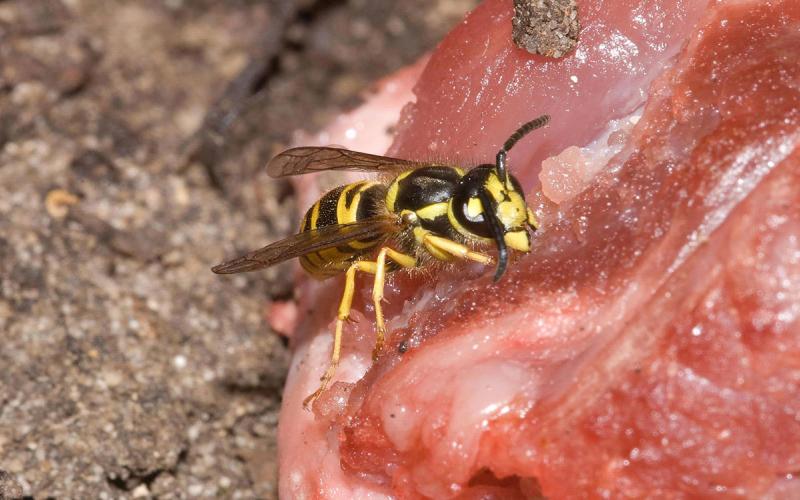
Yellowjackets: Swarming decaying produce or garbage near you
Fall is here, and if you have a garden, fruit trees, or outdoor dumpsters, you are likely to encounter yellowjackets in search of food. Learn some expert tips to avoid getting stung this fall.
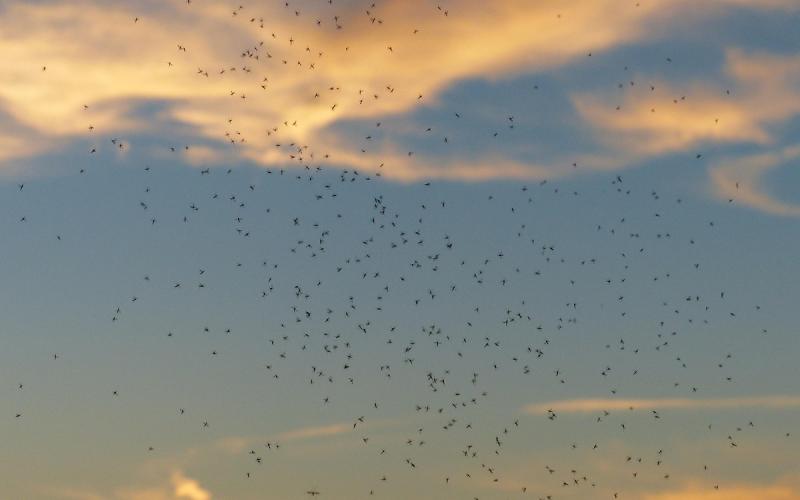
West Nile Virus Update: September 26, 2025
As of September 26, 2025, the South Dakota Department of Health (SD DOH) reported 74 human cases of West Nile Virus from Aurora, Beadle, Bon Homme, Brookings, Brown, Charles Mix, Clay, Codington, Corson, Douglas, Grant, Gregory, Haakon, Hamlin, Hand, Hughes, Hutchison, Hyde, Lawrence, Lincoln, Marshall, Meade, Miner, Minnehaha, Pennington, Roberts, Sanborn, Spink, Stanley, Union, Walworth, and Yankton counties.
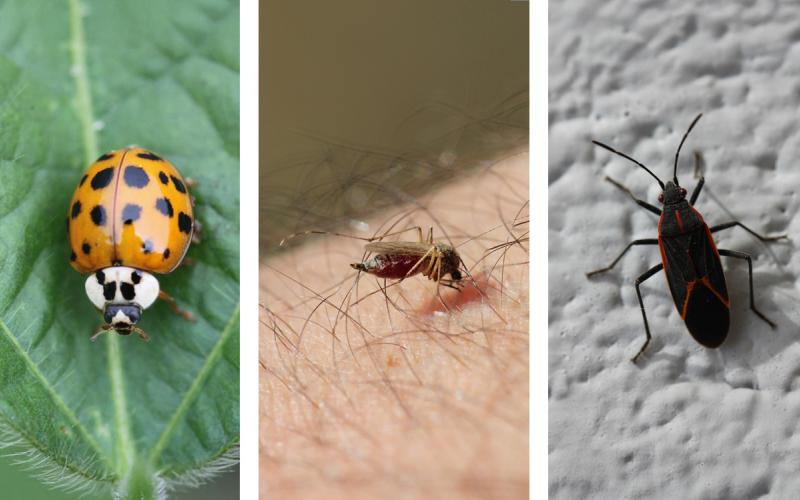
Insects Are Being a Nuisance This Fall
The weather is changing, and many of us are noticing an uptick in the nuisance bites caused by several insects. The continued warm weather is going to increase the activity of all insects, including the ones that are causing us displeasure.
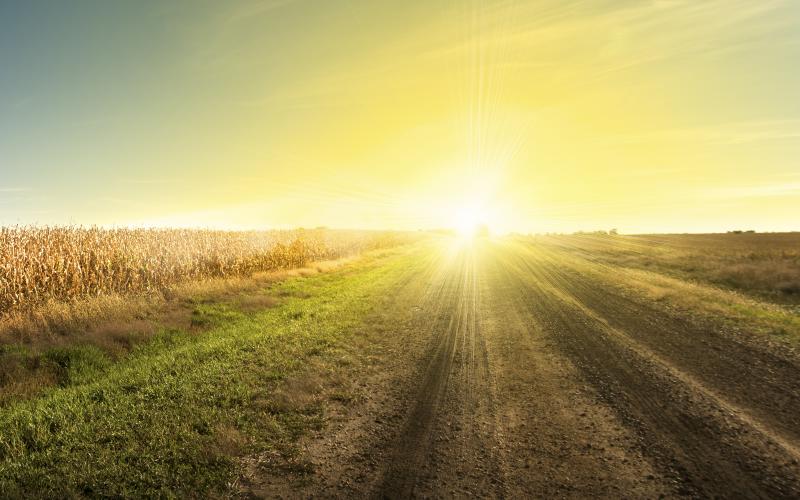
Agriculture
Both livestock and crops are essential to South Dakota's agricultural industry.
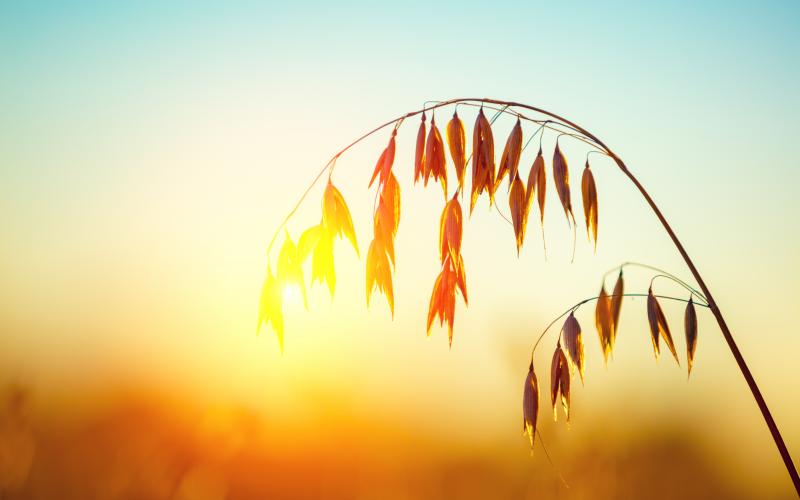
Cover Crops
The benefits of planting cover crops are numerous.
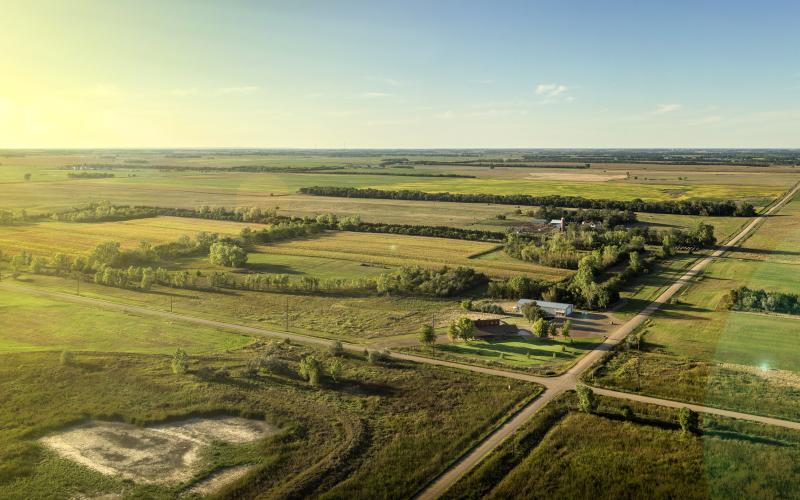
Crops
During the growing season, SDSU Extension provides weekly production recommendations.